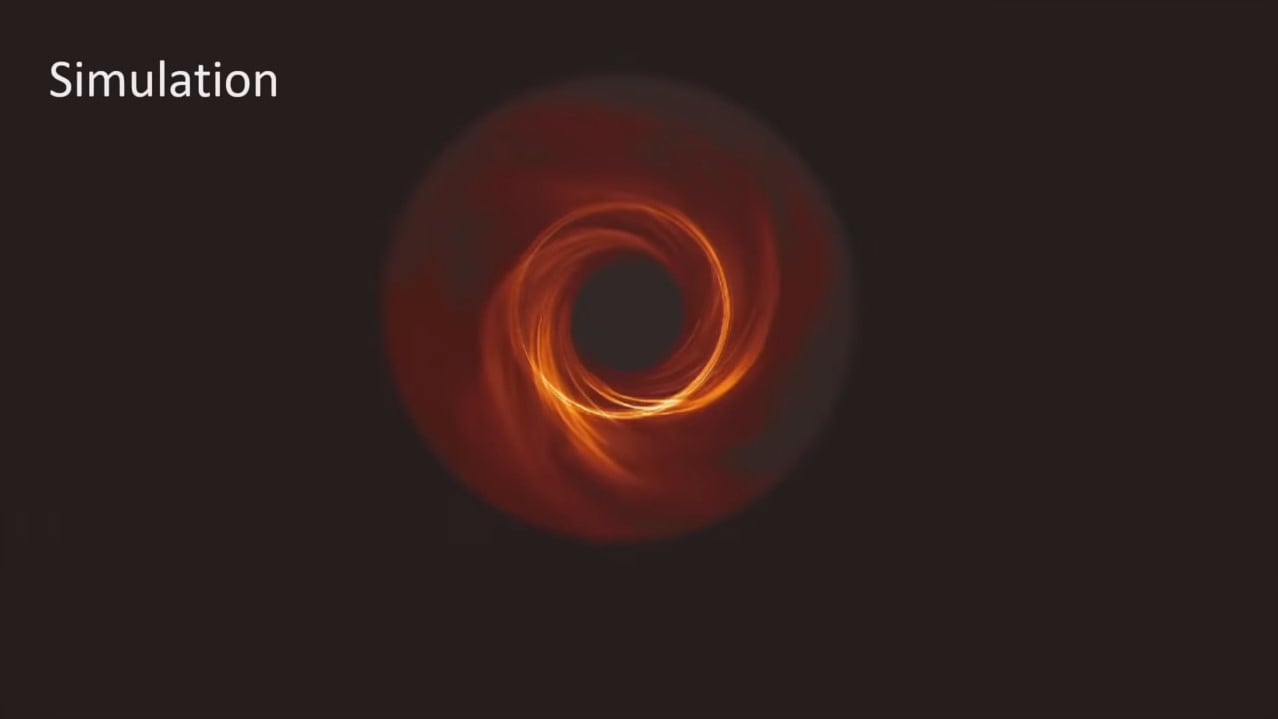Last week the Event Horizon Telescope (EHT) project and the U.S. National Science Foundation teased a big conference which will follow an important announcement. Many had already predicted that it could be about black holes, and they weren’t wrong, as the EHT project released the first-ever photo of a black hole event horizon.
The project started in April 2017 when eight radio telescopes around the work networked and pointed in the same direction to take an accurate photo of a supermassive black hole. The first-ever photo of a black hole captured a monster at the center of Messier 87, a large galaxy in the Virgo galaxy cluster.
The photo features the black hole’s event horizon, which is the point beyond which nothing can escape the powerful pull of a black hole, not even light. Given the nature of these little-explored objects, it would be impossible to take a picture of a black hole in its entirety.
To achieve this groundbreaking goal, the EHT consortium used interferometry, a method of using two or more telescopes in different geographical locations. They achieved more accurate images by connecting telescopes at further distances. The telescopes’ locations were all over the world, from Chile, to Spain, stretching to Hawaii and Mexico, and all the down to Antarctica. When their powers combine, they create a supermassive, powerful telescope of the size of Earth.
“If immersed in a bright region, like a disc of glowing gas, we expect a black hole to create a dark region similar to a shadow — something predicted by Einstein’s general relativity that we’ve never seen before,” EHT Science Council Chair Heino Falcke of Radboud University explained in a statement. “This shadow, caused by the gravitational bending and capture of light by the event horizon, reveals a lot about the nature of these fascinating objects and has allowed us to measure the enormous mass of M87’s black hole.”
Their findings were published in several papers in the Astrophysical Journal.
M87 falls into a group of elliptical galaxies and is located 54 million light years away. Its supermassive black hole is much larger than Sagittarius A*, the supermassive black hole at the heart of our galaxy. Scientists estimate its mass at 6.5 billion times the mass of our sun stretching over 40 billion kilometers. The main goal of the EHT and the BlackHoleCam project is to capture the first-ever photos of the black holes at the centers of M87 and Sagittarius A*. However, according to the live stream from yesterday, the images of Sagittarius A*’s black hole have not yet been processed.
“Once we were sure we had imaged the shadow, we could compare our observations to extensive computer models that include the physics of warped space, superheated matter and strong magnetic fields. Many of the features of the observed image match our theoretical understanding surprisingly well,” said Paul T.P. Ho, EHT board member and director of the East Asian Observatory. “This makes us confident about the interpretation of our observations, including our estimation of the black hole’s mass.”





